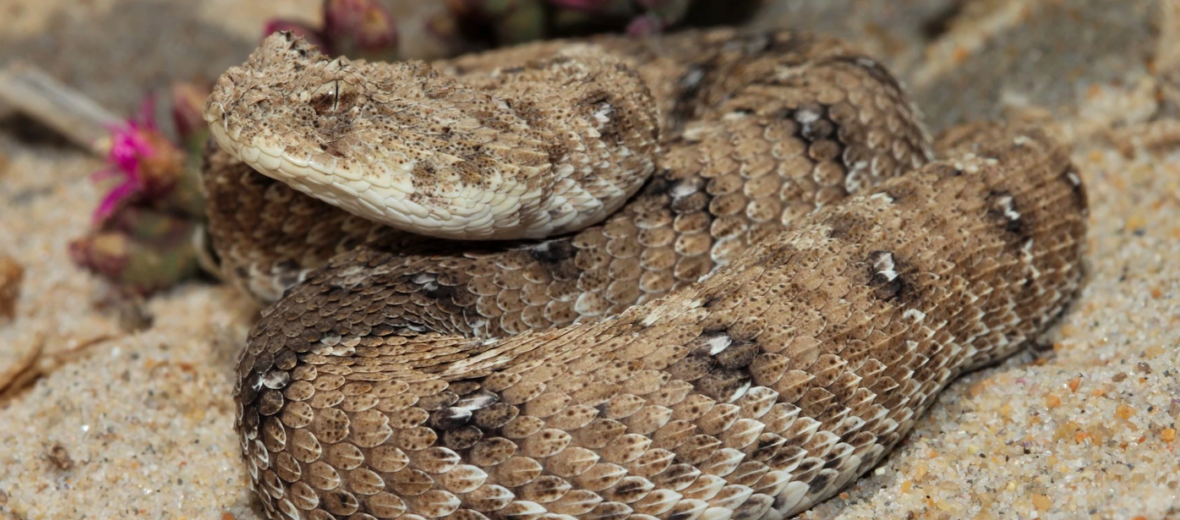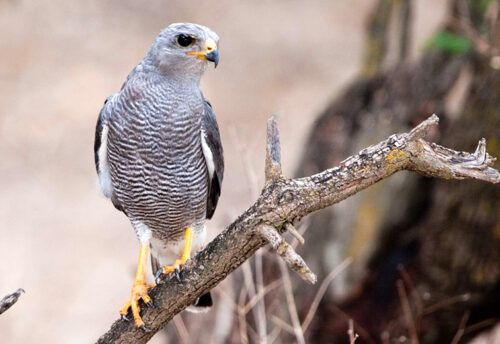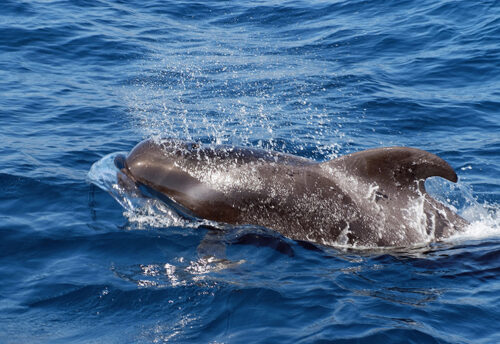
The Namaqua dwarf adder can be found in Namibia and South Africa. They are quite possibly the world’s smallest adder species. These vipers prefer a coastal sand dune habitat, as they can burrow into the sandy substrate to not only stay cool, but also to ambush their unsuspecting prey. Even though they suffer at the hands of habitat loss, hunting, and trapping, they are still listed as Least Concern by the IUCN.
First the Stats…
Scientific name: Bitis schneideri
Weight: Up to 14 ounces
Length: Up to 11 inches
Lifespan: Up to 10 years
Now on to the Facts!
1.) They also go by the name Namaqua puff adder.
2.) There are 14 known species of adders, with the dwarf adder being the smallest.
3.) Dwarf adders are terrestrial (spend their lives on the ground).
4.) As is the case with all known puff adders, when they are disturbed, they will inflate their body and hiss loudly, as they exhale.
5.) Mice, rats, birds, amphibians, and other snakes are on the menu.
But wait, there’s more on the Namaqua dwarf adder!
6.) Due to being so small and in a predator-rich habitat, these snakes will breed once a year, as opposed to every other year (like many other larger venomous snakes). This is to counteract their high mortality rate.
7.) Like other venomous snakes, these adders are viviparous (give live birth).
Did you know…?
No antivenom is available for this species of snake.
8.) The snakelets are born precocial (totally self sufficient).
9.) Their venom causes intense pain, visible swelling, discoloration of the skin, and oozing of serum from the punctures. Death is unlikely but you’ll know you’ve been bitten. After a few weeks, the bite heals and their is typically no lasting visible damage.
10.) Raptors, large mammals, and large invertebrates all prey on these little serpents.
Now a Short Namaqua Dwarf Adder Video!
Be sure to share & comment below! Also, check out the Critter Science YouTube channel. Videos added frequently!
Want to suggest a critter for me to write about? Let me know here.



